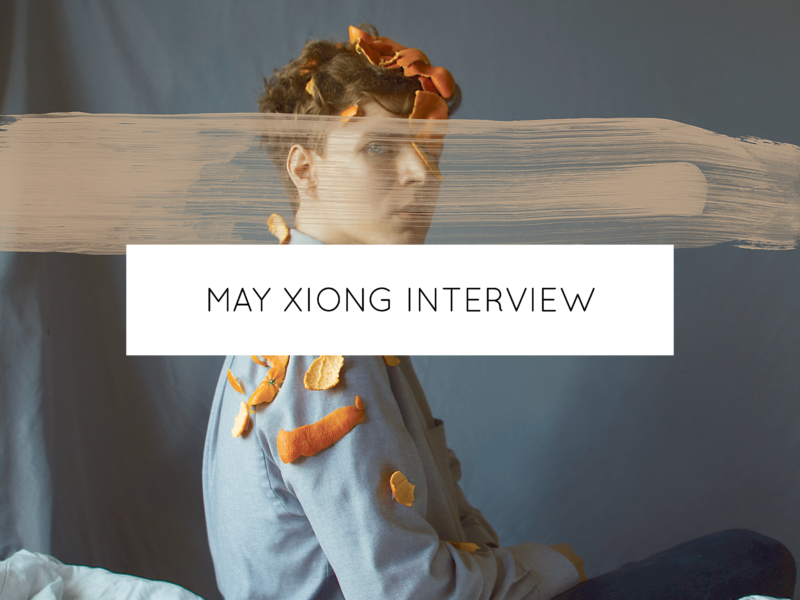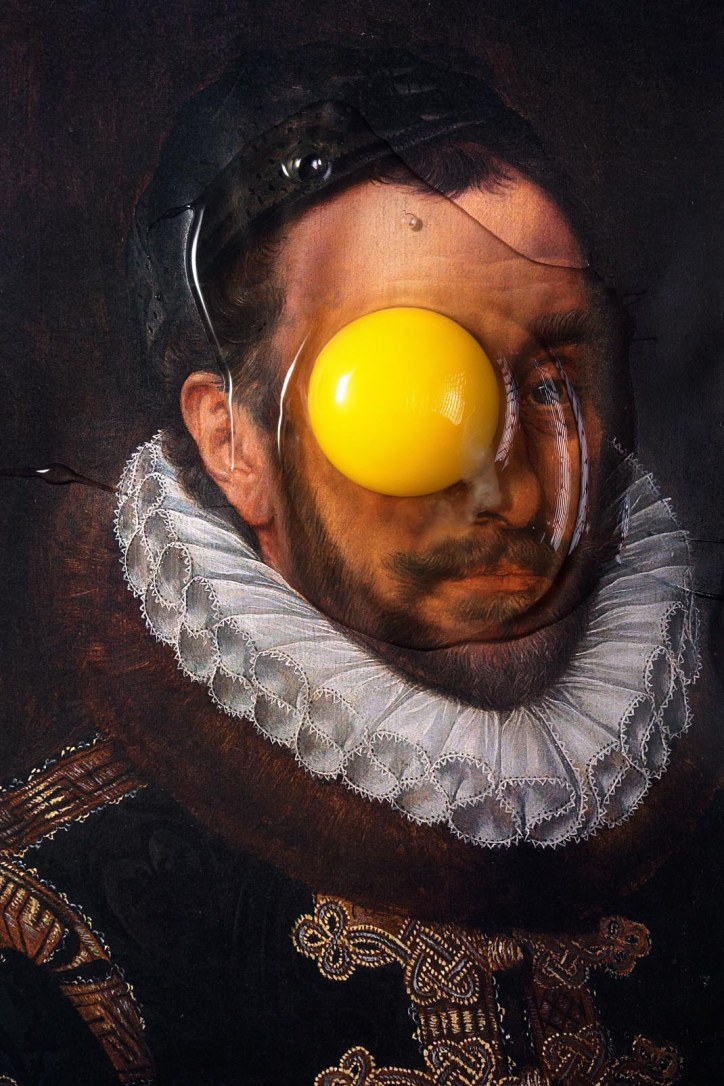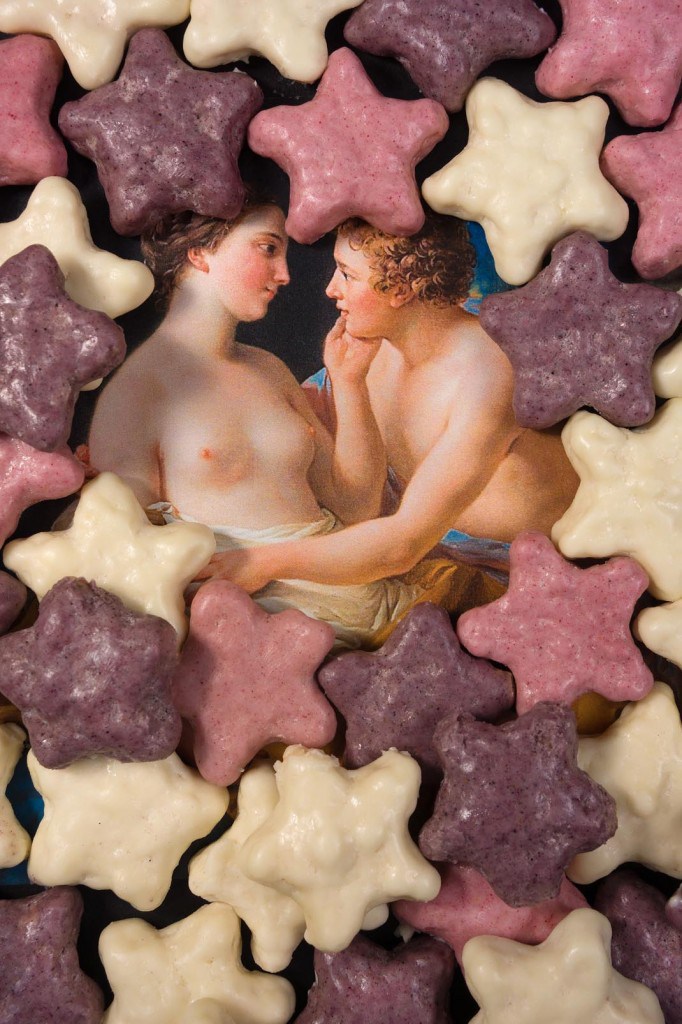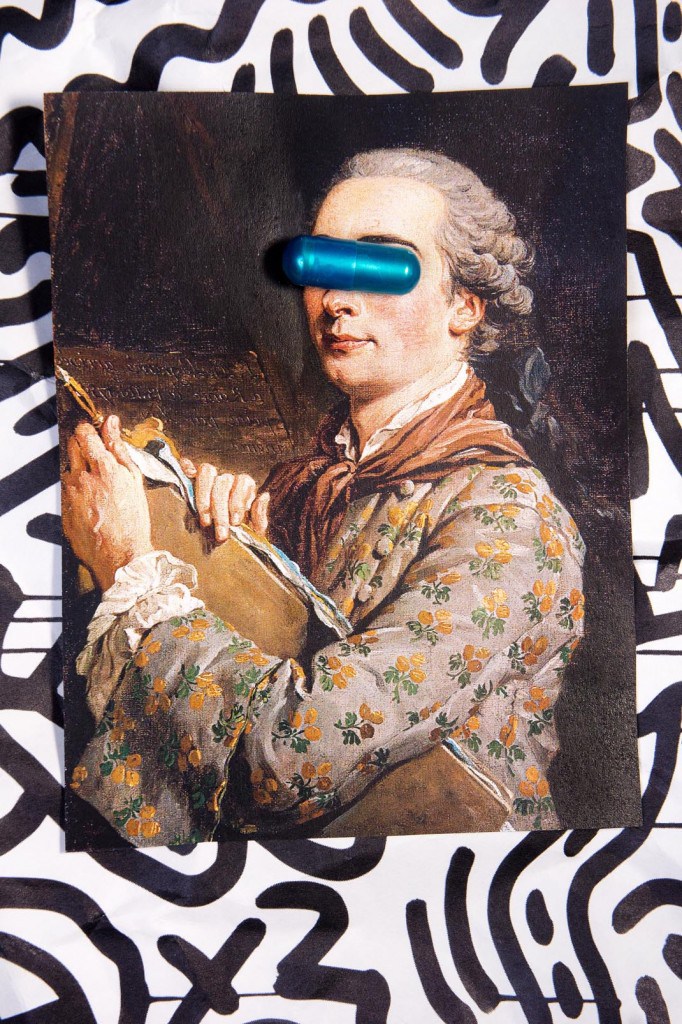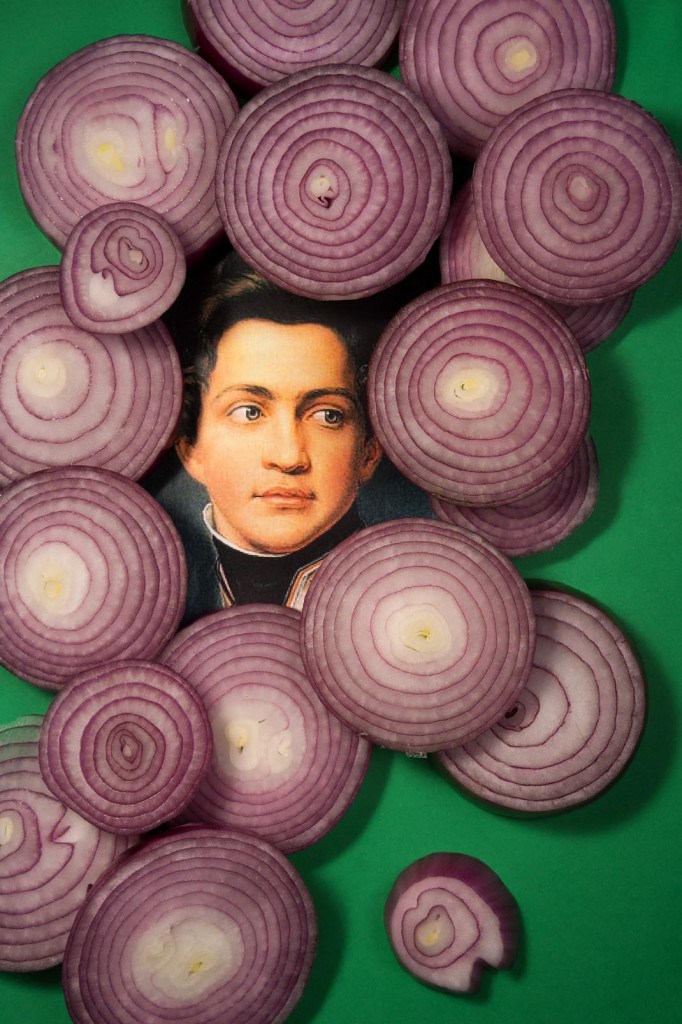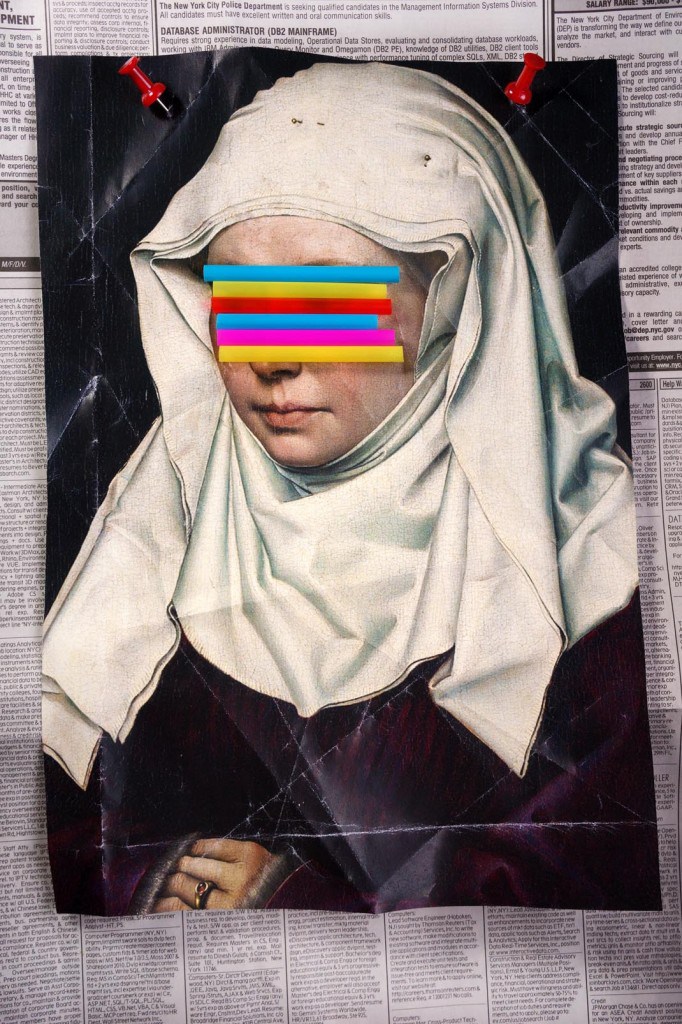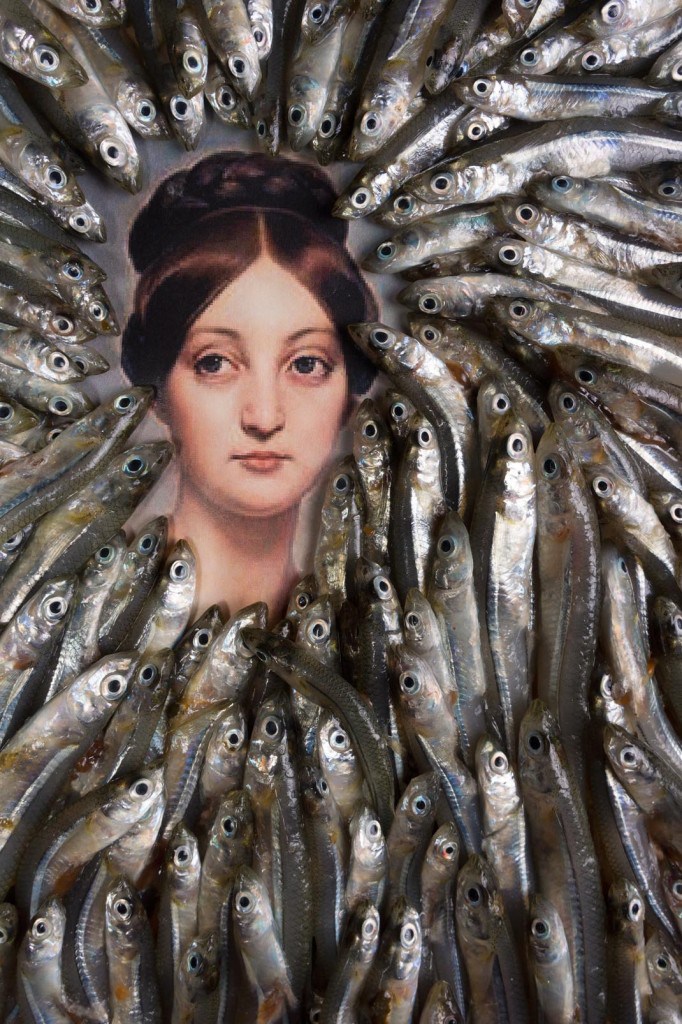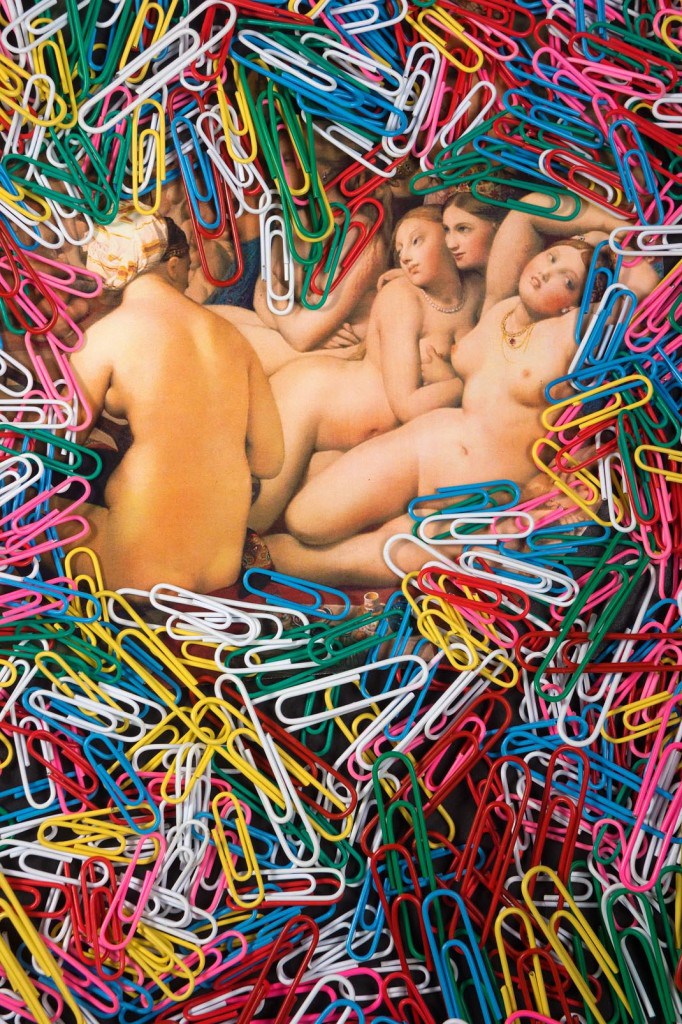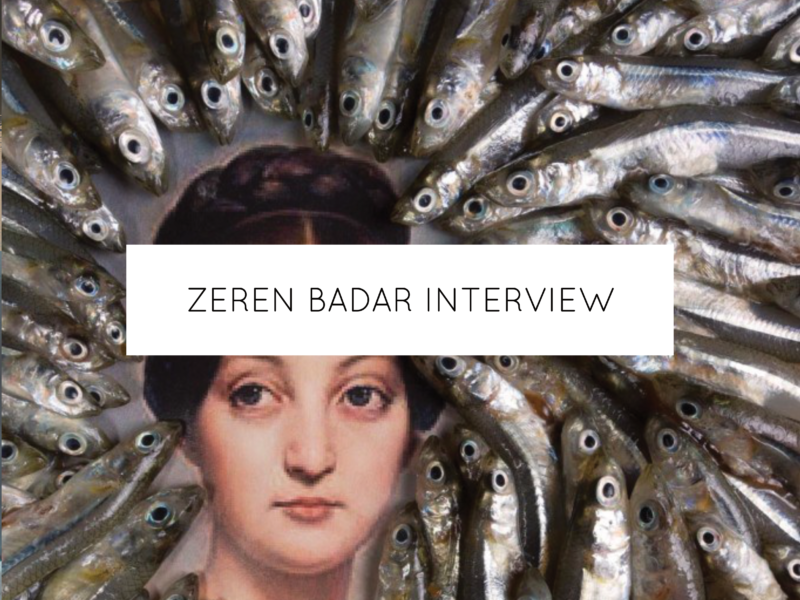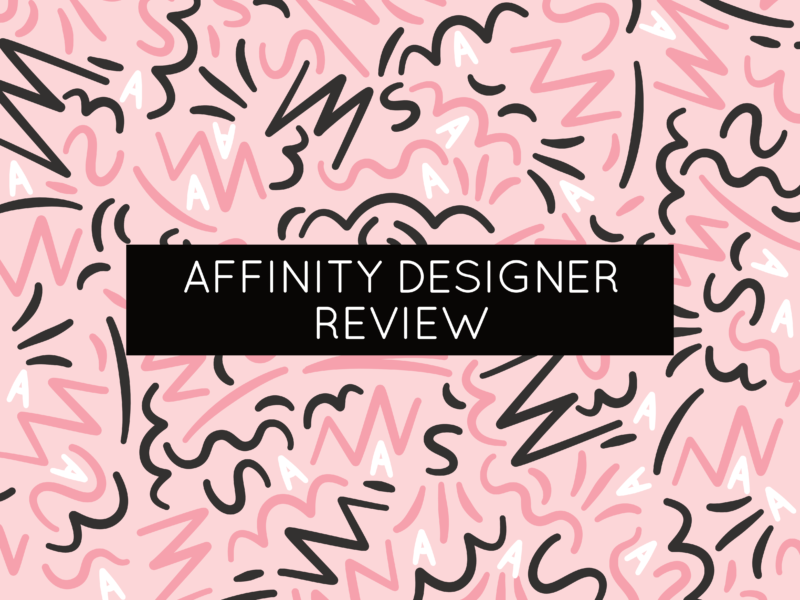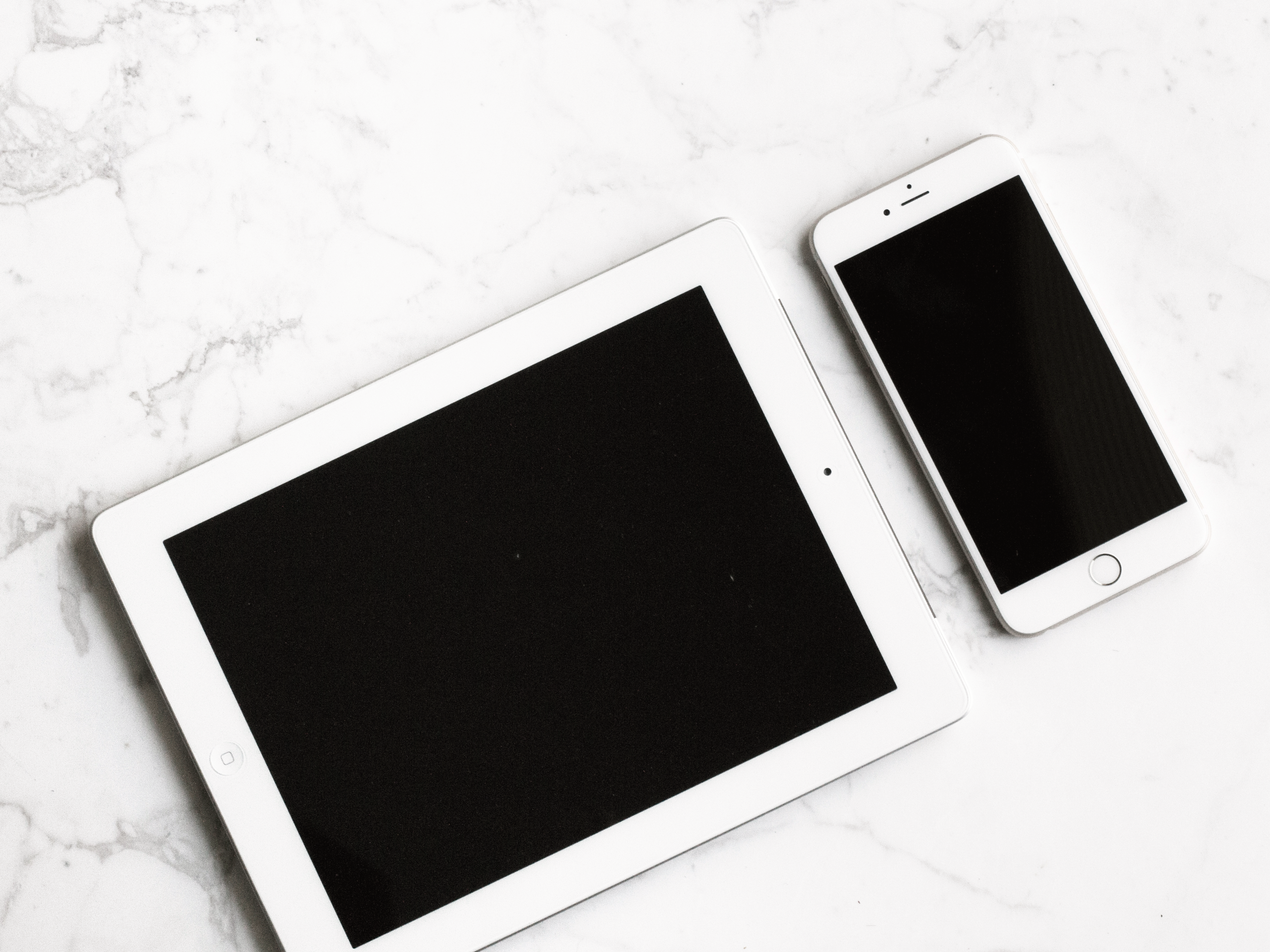This is the second in my series of throwback interviews, this time with the incredibly talented May Xiong.
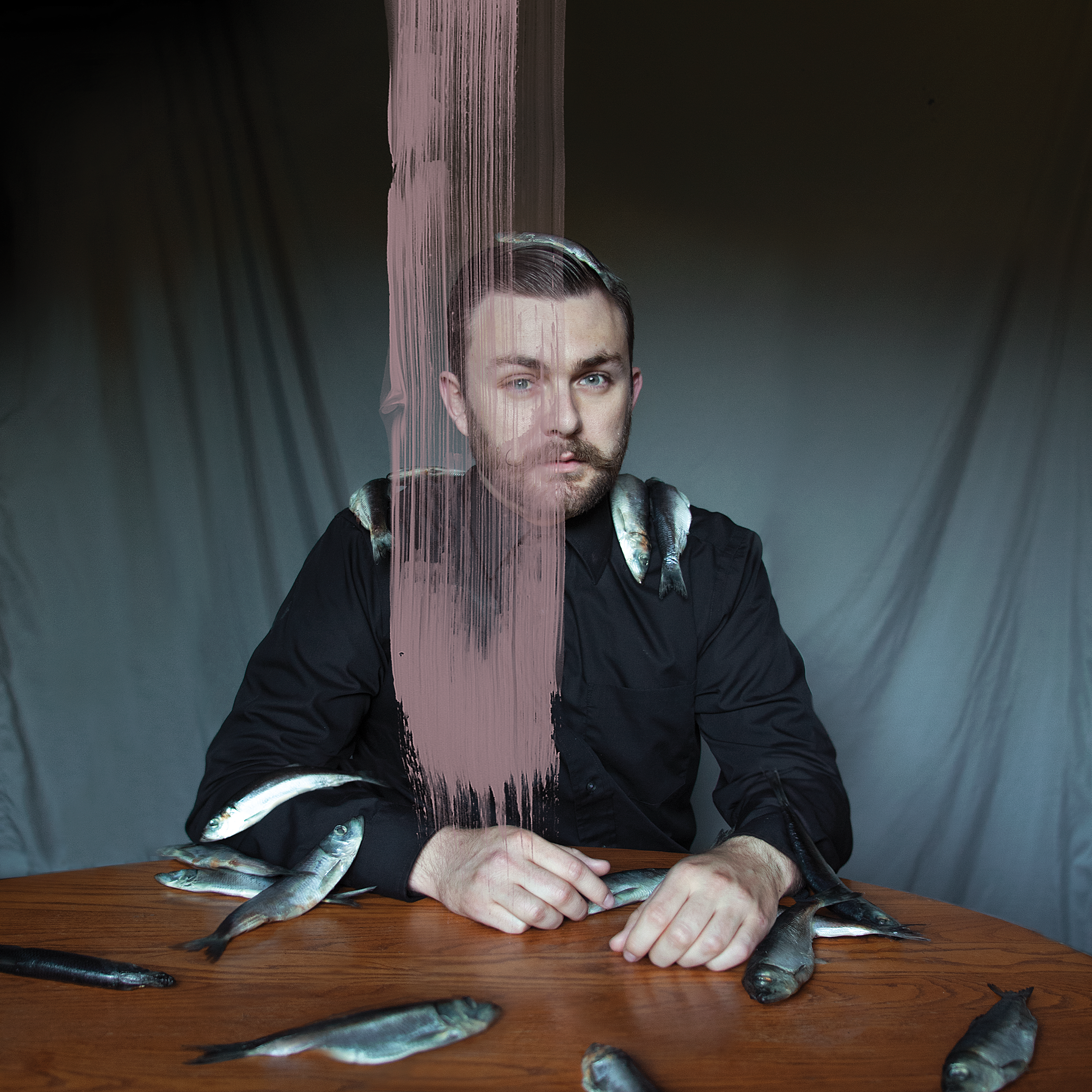
STROKES 2/MAY XIONG
If there’s a moustachioed man, covered in mackerel vertically streaked with a smudge of mauve and he’s looking straight at you, you have to ask yourself “why?”. That’s exactly what I did when I first saw May Xiong’s conceptual series of portraits entitled ‘Strokes’, but I found myself drawing a blank.
Seattle-based photographer May Xiong’ work draws you in with its bizarre beauty and then leaves you hanging with just enough wonder that you keep asking “but why?”. Her conceptual portraits are accumulating ever increasing buzz across social media, with spotlights on some of the more popular art Tumblrs and interviews abound on blogs.
“My goal isn’t to try and stand out, but to simply create photographs out of being passionate and having the thrive to continuously share how I see the world through my artistic vision.”
Xiong started in 2005 when she was 15, after being given a digital camera for her birthday, and she quickly found that photography could be an outlet to explore and capture narratives. Those narratives are today mainly disseminated online, quite often under the title MX photography.
“Everything is uploaded online and from that we are able to allow ourselves to share what we know, what we do and or create.”
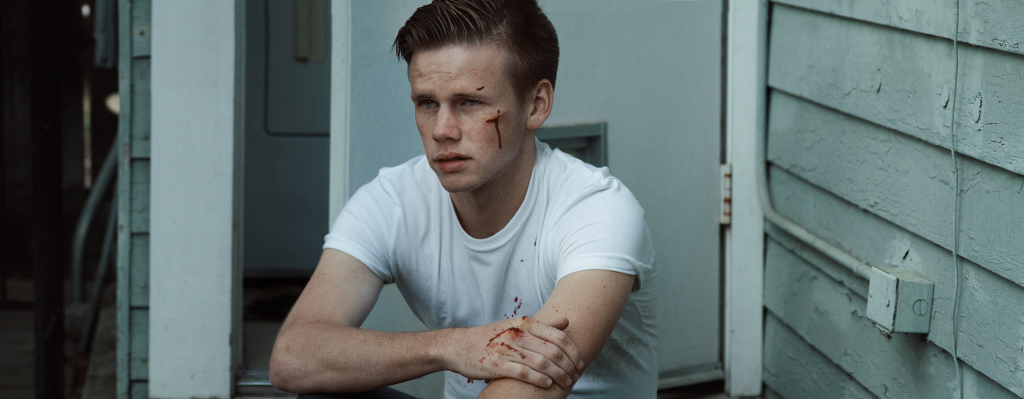
TROUBLED KID PT.2/MAY XIONG
The stories May’s photographs tell are often fantastical, and rely on viewer interpretation. But, because of their soft, almost hypnotic aesthetic the viewer is never made to feel uncomfortably lost. Rather, you are given a sense, under the direct gaze of the subject, that her images are part of a tale you already know, and simply need to remember – the same deja vu you get when a real life experience resonates with something encountered only previously in a dream. That’s where the strength in May’s photography lies, the sense of the familiar that pervades in even the most defamiliarised images.
“My conceptual work explores oddity, beauty, and attention to detail in portraiture. The arrangement of the subject and the environment often plays a big part in balancing the two. A mixture of portraiture and fine art, these constructed pieces are shaped by the idea of skewing one’s perspective, leaving the viewer to define the emotion behind each photograph.”
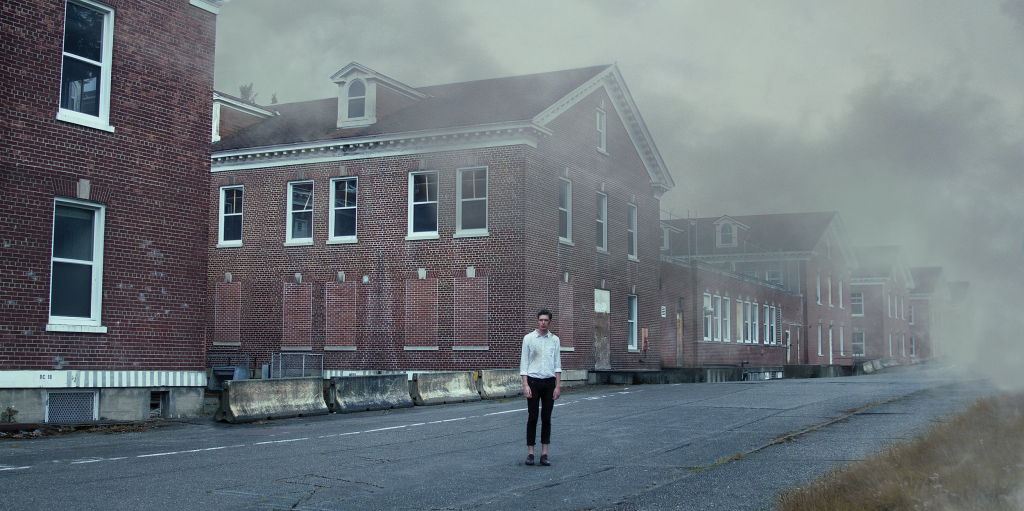
CHILDHOOD-MEMORIES/MAY XIONG
When and why did you decide to start putting your work online?
I started putting my work online since I first started my photography back in 2005. But it wasn’t until 2-3 years ago during the middle of college when I realized that perhaps it was something I should take more seriously. It was more of a way to get critiques and feedback on my work and grow from it.
You often just use your initials when labelling your work (MX Photography) what was behind that choice?
I’ve gone back and forth on using my full name and then just the initials when labelling my work over the past few years. I’ve always enjoyed minimalistic aesthetics when it comes up to design and so choosing “MX” was simple and easy for me to decide on.
You’ve recently started being featured on some of the bigger curation blogs, I think I scrolled past some of your work on cross connect, what importance do you place on that kind online community of publicity?
I believe any exposure you get as a growing artist is very important, whether it be online or not. But I have to say that the online art community has grown so much in the past years and having the accessibility of showcasing your work through social networks, has become so much easier and faster. I feel that whether we’re a business, an artist, a news anchor, a journalist – everything is uploaded online and from that we are able to allow ourselves to share what we know, what we do and or create.
After that kind of feature, especially on Tumblr, your work starts to be reblogged and, more problematically perhaps, reposted. What are your thoughts on the culture of the credit-less image and transient ownership of work that’s started to be cultivated online?
Every artist deserves their credit for what they do. Tumblr, I’ve noticed over the past 4 years has changed drastically. People are posting or reblogging things they find interesting or pretty, which is fine, but when it comes up to their actual own posts and sharing photographs from other photographers/artists without proper credit, it starts to become a problem. Being an artist, I put so much effort, time and dedication into taking my photographs and to have my name be stripped from the images, feels like it’s tearing a part of me away from all my hard work/creative vision, for which I’m sure others feel the same. So it is very upsetting to see artists constantly go through this wave of not being credited properly.
Quite a lot of your conceptual photography has digital overlays, do you go into shooting a piece imagining the final composition or do you develop as you go along?
The creation behind my conceptual pieces are balanced by both a constructed and an improvised vision, so the final composition is sometimes different. But I believe that being able to allow myself to explore my creativity, has definitely made me create pieces that have made my work become more noticeable, such as my photograph titled, “All Around Us”.
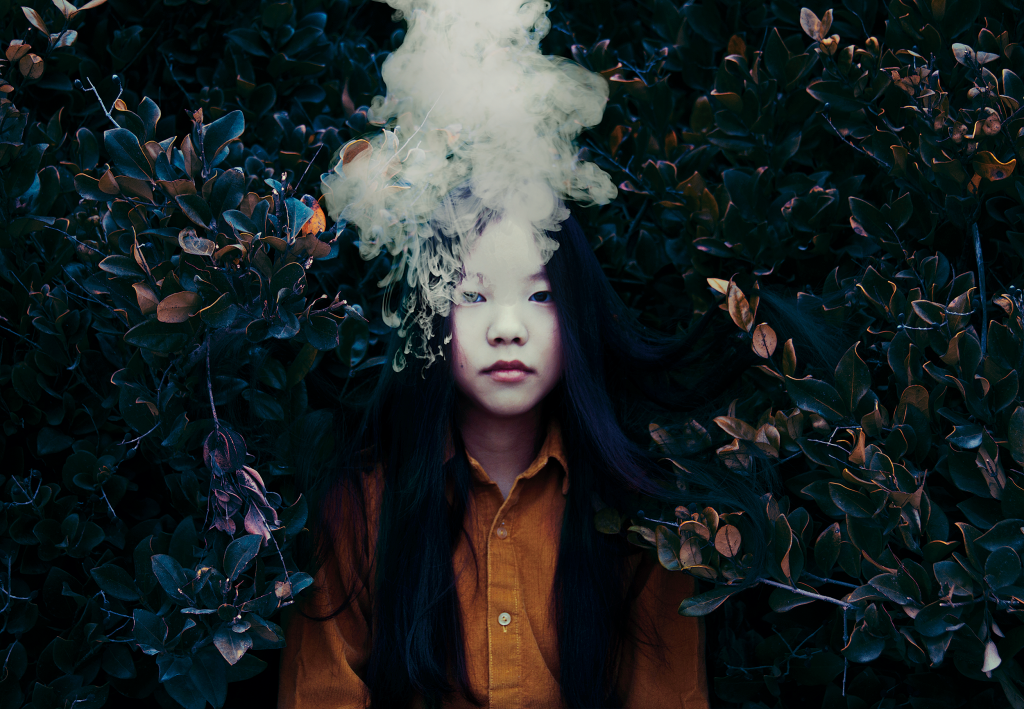
ALL AROUND US/MAY XIONG
You said that allowing yourself to be more creative has made your work more noticeable. How conscious are you when working of how a piece will be received or how it will stand out from the swathes of photography on the internet?
When creating my work, I don’t think I’m too conscious at all about how my work will be received/stand out from other photography on the internet. I simply create what I envision and try to bring it to life. To construct these images in a light that I feel will carry a narrative, subtle details and how perfect a moment can be and make one see everything at the same time through my own style. My goal isn’t to try and stand out, but to simply create photographs out of being passionate and having the thrive to continuously share how I see the world through my artistic vision.
Is the narrative you’re trying to create exist in the single photographs or the larger sets you create, and how do you feel your ability to alter how your images are displayed (especially online) alters that?
The narrative that I create in my photographs exist in both the single photos and my larger sets (series). These photographs are meant to be paired together but also have a strong narrative pull to it that makes each one photograph stand well alone, at the same time. Sometimes when posting one photograph at a time instead of posting them all at once as a batch, people may get different views of the series as a whole – at least that’s what I can try and make out of it. So in some ways, my ability with that tends to shift here and there by my audience’s views of my work.
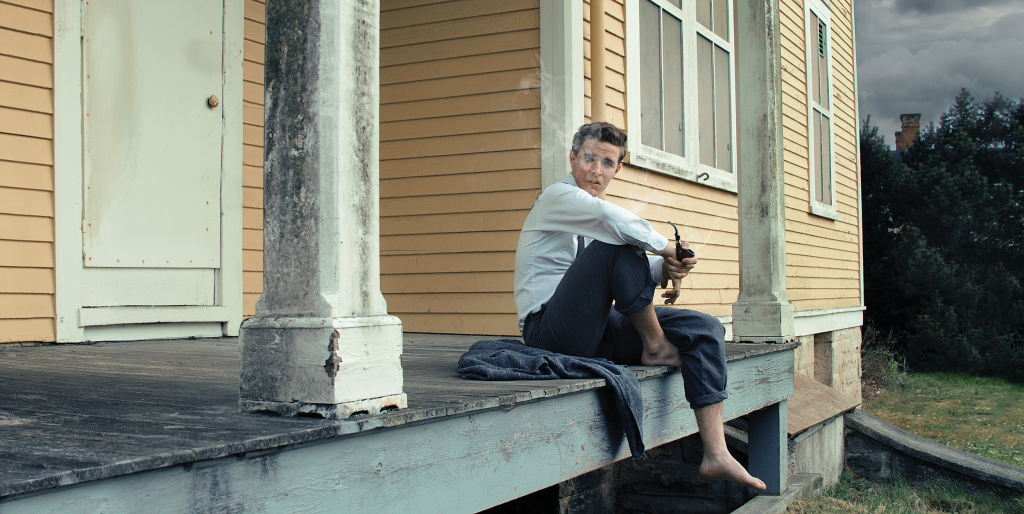
UNTITLED/MAY XIONG
Speaking of narratives, do you ever look back over your own archive of work to see how your work has changed? And if so, how do you feel about that change and your earlier work?
There has been many times when I’ve gone back and looked at my own archive of work and have noticed the drastic change. If anything, the drastic change has been such a wonderful experience. Being able to go through photo shoots, learning through my success and failures has helped me grow and shape myself as a photographer and how I view things artistically. With the change, it makes it easy to say that my work now shows more concentration, depth and direction as to where my old work didn’t have the solid foundation of those things.
Where do you think that concentration and depth is going to take you next?
I feel that that concentration and depth is only going to make my work stronger as time goes on, whichever route I take with my photography. Allowing myself to grow within myself as an artist and a photographer, perhaps my viewers will be able to see that in my work and future work.
You can find more of May Xiong’s work on her website, Facebook, or Behance.


